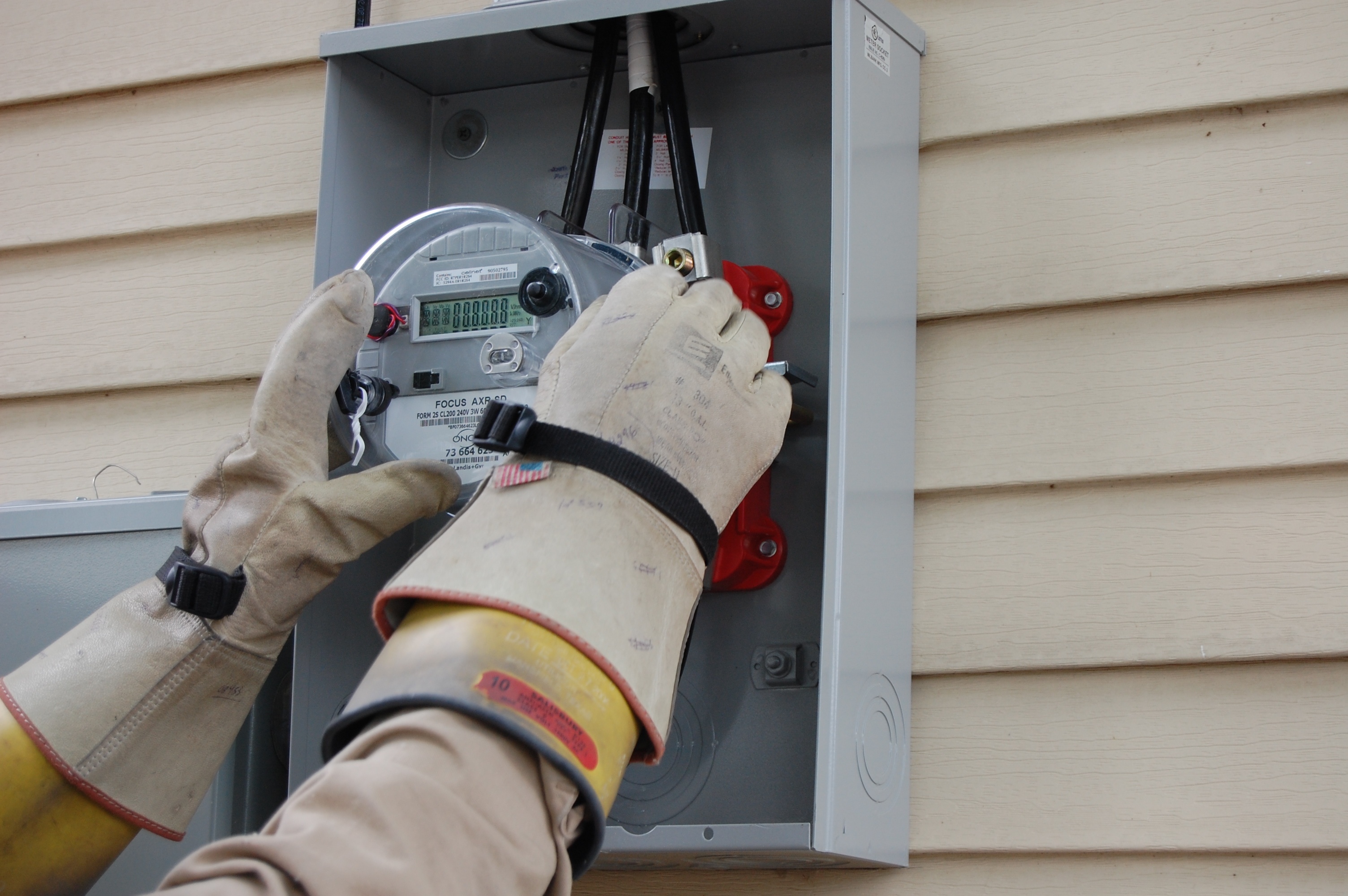This post is one in a series featuring the complete slate of advanced energy technologies outlined in the report This Is Advanced Energy.

Image courtesy of AEE member Landis+Gyr.
Advanced metering infrastructure (AMI) is an integrated system of smart meters, communications networks, and data management systems that enables two-way communication between utilities and customers. While traditional meters that are read monthly, smart meters record electricity in intervals of an hour or less (typically 15 minutes), and transmit this information along with data on power outages and power quality to utilities for monitoring and billing purposes, usually over a secure communication network. Two-way communication with smart meters allows utilities to relay detailed energy usage and pricing information back to the customer, enabling active energy management. AMI is part of the broader “smart grid” that is enabling more efficient and reliable operation of the grid and facilitating the deployment of new products and services such as smart appliances and thermostats, in-home displays, and energy management systems.
Smart meter deployment by utilities has become commonplace, with over 50 million smart meters installed in the United States as of mid-2014, covering about 43% of households. By deploying more than 2.2 million Itron smart meters, CenterPoint Energy’s Houston Electric in Texas achieved much faster customer service and saved 3.5 million truck rolls and service visits from 2009-2012, even before reaching full deployment of smart meters in 2012. Advanced meters can also inform utility investments. Western Indiana Energy, a cooperative utility, used over 16,000 Landis+Gyr smart meters to locate line losses, guiding future infrastructure decisions. Kansas City Power & Light in Kansas City, Missouri, introduced AMI as part of a larger smart grid project that also incorporated energy storage, distribution automation, residential EMS, and distributed solar photovoltaics. The market for AMI was $1.3 billion in the United States and $6.5 billion globally
in 2014.
As a foundational component of the smart grid, AMI sets the stage for other grid management technologies and customer choices. Using data provided by AMI to improve the efficiency and reliability of its electric system, a utility with a service territory of 1 million households would achieve an estimated $77-$208 million in operational savings, $100-$150 million in consumer-driven savings, and $21-$64 million in net benefits over a 20- year period. Additionally, AMI gives customers more useful information, enabling customer savings while also lowering energy usage both overall and during peak times, which can reduce outages, lower energy prices for all consumers, and avoid or delay infrastructure investments. AMI data have also driven software innovations that are improving grid performance and energy management and utilities, using AMI data, are working with third-party providers to engage customers and offer new services. In California utilities are working with FirstFuel to leverage AMI data and increase customer engagement in the commercial and industrial sectors through intuitive data dashboards and a self-serve platform highlighting demand-side management programs.
